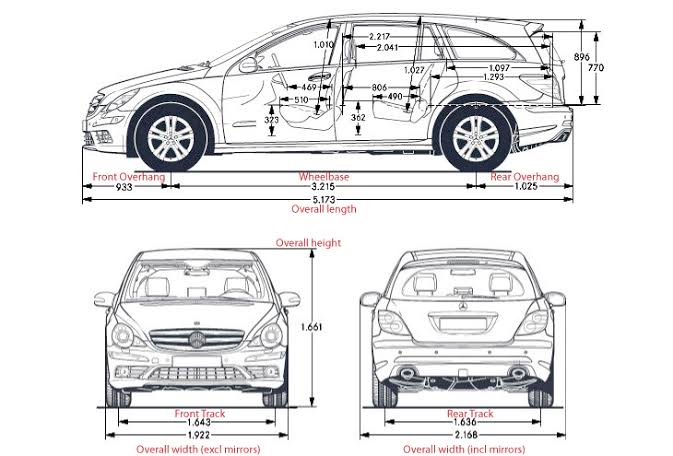wuzak wrote: ↑18 Dec 2023, 03:56
mzso wrote: ↑17 Dec 2023, 23:20
In fact FE cars have no carbon output at all. I don't understand why people bring up such nonsense as this and F1 aero transport. It's a technology showcase, it's not about 20-30 cars that race.
With EVs you feed them electricity, and the source of it is yours. Whether it's thermal power plants, nuclear, solar/wind, or hamsters in hamster wheels.
That's Tommy's point.
For most races fuel is burnt to generate the electricity to run the FE cars, thus producing CO2 emissions.
Which Tommy says is equivalent, or greater than, the CO2 emissions of an F1 car and its hybrid engine burning petrol.
No it is not. Your missing mine. The emissions of an electric car is zero.
Musings about the power grid is of no relevance, and is meaningless. How they produce electricity is a matter of choice. It might as well be wholly CO2 free. It's not the burden of the car to deal with that, and definitely not a race series'. It does shows of non-polluting vehicles racing.
Also, the comparison is outright wrong. If you're arbitrarily count every CO2 output during the production of electricity, you need to also do the same for petrol. All the mining, transport, refining, related waste and CO2 burden. Also we can't know how costly (including energy, CO2 output) is the production of the specialized race fuels of F1.
And ultimately looking and background stuff like that only highlights one thing: Fossil fuel based. ICE inherently pollute with CO2 and otherwise. Because all the mining, refining and other processing required. Meanwhile electricity can be completely free of that, via nuclear or renewable.
And so far bio-fuel doesn't seem to be better. Planting vast fields of corn only turn them into fuel, super inefficiently.
(and synfuel is a dream as of now)

